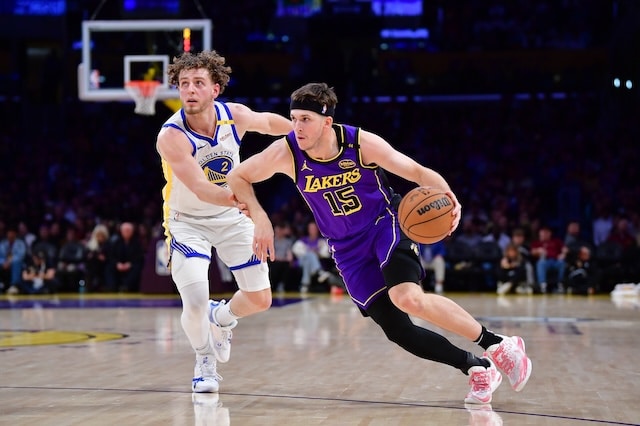As LeBron James approaches the twilight of his career, the Los Angeles Lakers face the critical task of identifying the next face of their franchise. The recent acquisition of Luka Dončić has sparked discussions about the team’s future leadership. This article delves into key performance metrics to assess potential successors and examines historical precedents for a comprehensive analysis.
While the future remains uncertain, much like the unpredictability of a game of Plinko, the Lakers must carefully strategize their next moves to maintain dominance in the NBA.
Key Performance Metrics
To evaluate potential leaders, we analyze the following metrics:
- Usage Rate (USG%): Indicates the percentage of team plays a player utilizes on the court.
- Offensive and Defensive Ratings: Measure a player’s impact on the team’s performance per 100 possessions.
- Win Shares (WS): Estimate the number of wins a player contributes.
Usage Rate Comparison
As of February 10, 2025, LeBron James maintains a USG% of 31.5%, reflecting his central role in the Lakers’ offense. Luka Dončić, despite joining mid-season, has a USG% of 29.8%, indicating his significant involvement. Austin Reaves follows with a USG% of 24.3%, showcasing his growing influence.
Offensive and Defensive Ratings
LeBron boasts an Offensive Rating of 115 and a Defensive Rating of 110, resulting in a net rating of +5. Dončić presents an Offensive Rating of 118 and a Defensive Rating of 112, yielding a net rating of +6. Reaves holds an Offensive Rating of 112 and a Defensive Rating of 108, with a net rating of +4.
Win Shares
In the current season, LeBron has accumulated 6.5 Win Shares, Dončić 5.8, and Reaves 4.2, underscoring their respective contributions to the team’s success.
Luka Dončić: The Heir Apparent
At 25, Luka Dončić has already established himself as a premier NBA talent. His dynamic playmaking abilities and scoring prowess make him a natural candidate to lead the Lakers post-LeBron. The recent trade, which sent Anthony Davis to the Dallas Mavericks in exchange for Dončić, signifies the Lakers’ strategic move to secure their future.
Dončić’s career averages of 28.1 points, 8.3 rebounds, and 7.8 assists per game highlight his all-around impact. His ability to perform under pressure and in clutch situations further cements his status as a franchise player.
Austin Reaves: A Rising Star
Austin Reaves has emerged as a significant contributor for the Lakers. In a recent February 8, 2025 game, Reaves scored a career-high 45 points, leading the team to a 124–117 victory over the Indiana Pacers.
Reaves’ development trajectory suggests he could play a pivotal role in the Lakers’ future, potentially serving as a key secondary option alongside Dončić. His unexpected rise in prominence mirrors the thrill of unpredictability, similar to testing one’s luck at Plinko casino, where anything can happen at any moment.
Historical Precedents: Succession of Superstars
Examining past transitions can offer valuable insights:
- Cleveland Cavaliers Post-LeBron: After LeBron’s departure in 2010, the Cavaliers struggled, highlighting the challenges of replacing a generational talent.
- Chicago Bulls Post-Jordan: Following Michael Jordan’s retirement in 1998, the Bulls entered a rebuilding phase, underscoring the difficulty of maintaining success after losing a superstar.
These examples illustrate the importance of strategic planning in ensuring a smooth transition.
Conclusion
The Los Angeles Lakers have proactively positioned themselves for a future without LeBron James. The acquisition of Luka Dončić and the emergence of Austin Reaves provide a promising foundation. The Lakers aim to maintain their status as a premier NBA franchise in the post-LeBron era by analyzing key performance metrics and learning from historical precedents.
As the team navigates this transition, fans can look forward to an exciting new chapter in Lakers history, with Dončić and Reaves poised to lead the charge.





